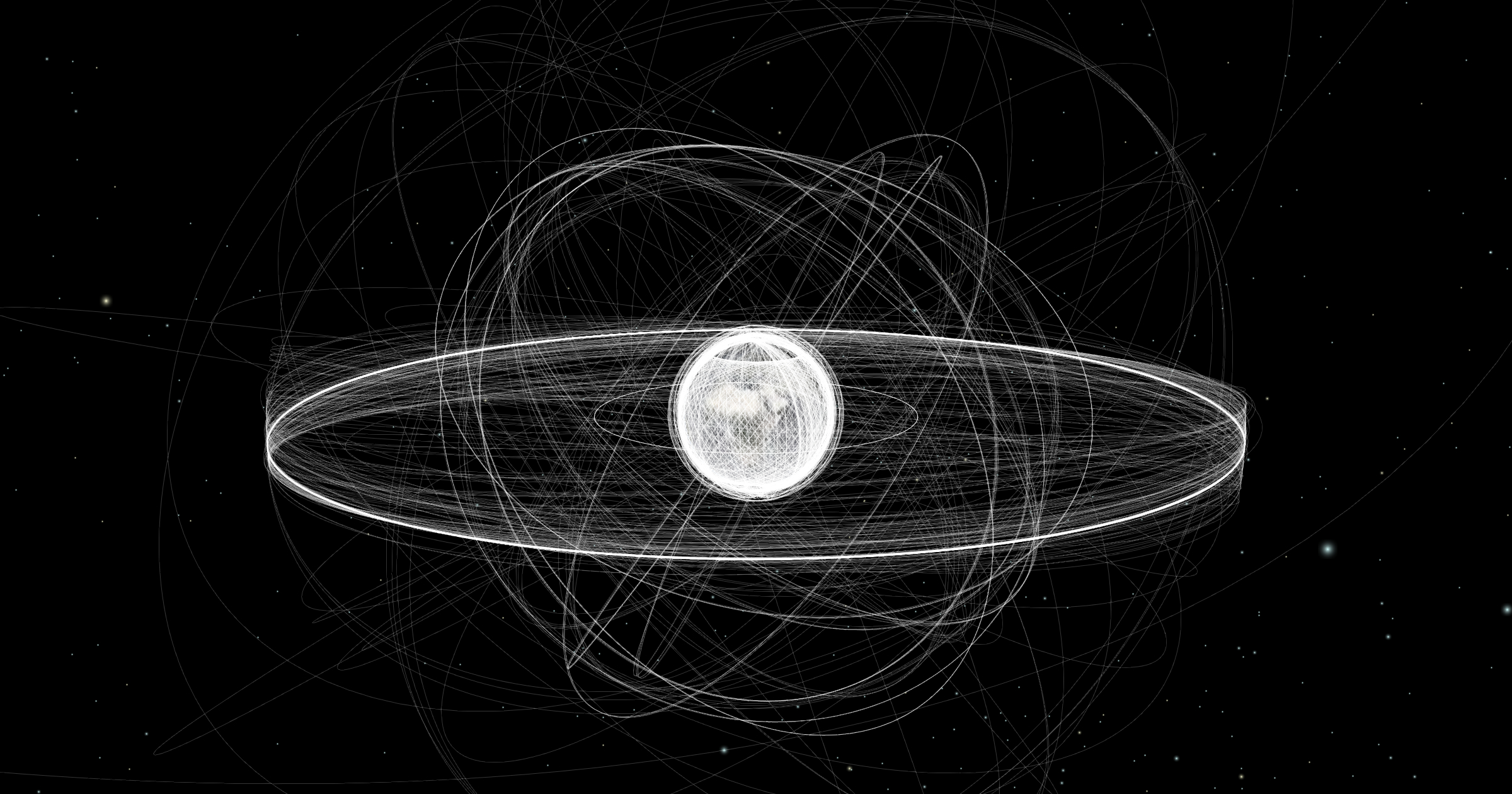ÇFAKR can guide 10 missiles (can create 10 guidance beams) simultaneously to different targets at 150km. ÇFAKR can guide missiles up to "x" km on a single target or if targets are nearby in a tight formation with a single high-power beam. Of course, it can create 2,3 beams, etc that can still guide missiles over 150km. 150km is given for a maximum of 10 beams.
I wanted to ask but forgot.
Isn't 10 guidance beam a bit low for a such large X band AESA FCR? I mean, even SAMP/T's old Arabel PESA radar could engage 16 target simultaneously.
Also 150km for 10 guidance beams seems to be short for such large AESA sensor.
What is '290km' that was cited then?




